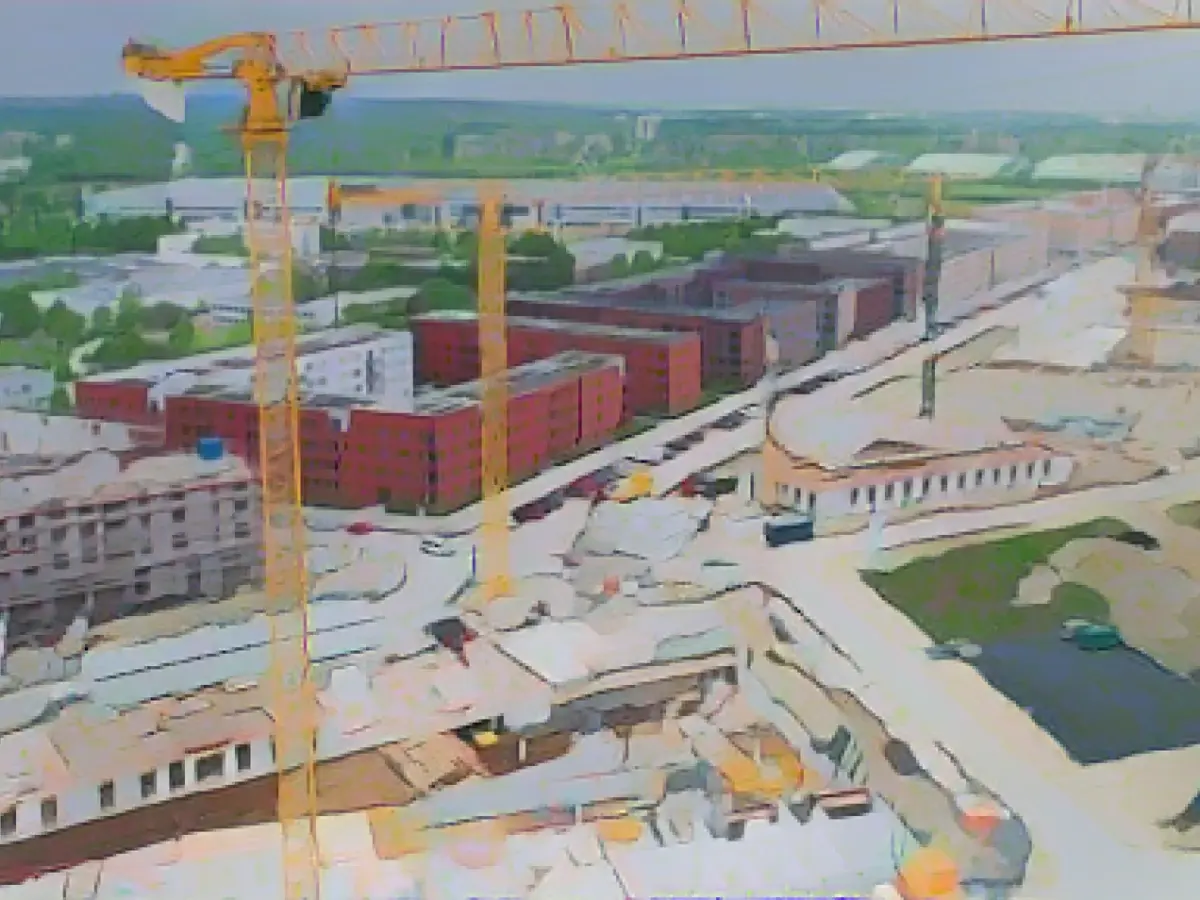Lower Saxony's Construction Revolution: Simplifying and Modernizing Construction Regulations
Building in Lower Saxony is set for a transformation with a host of changes on the horizon. The state government, grappling with rising prices, interest rates, skilled worker shortages, and supply difficulties, is looking to amend its construction regulations to make building easier, quicker, and, consequently, more affordable. The legislative overhaul, expected to pass through the state parliament by the summer of the following year, was announced by the Ministry of Construction in Hanover recently.
The housing market in Lower Saxony, as evidenced by November's housing market report, is also in high demand. The report revealed that more than 237,000 additional homes will be required in Lower Saxony by 2040. In response to this demand and the challenges facing the construction industry, Building Minister Olaf Lies (SPD) has advocated for a reevaluation of both new construction and the conversion of existing properties, as he revealed during the announcement of the planned law amendments.
The proposed amendments aim to dismantle many of the hurdles that have historically slowed down construction processes. The conversion of properties, for instance, will be made simpler and less bureaucratic, with homeowners now able to extend their homes or add a storey to residential properties more seamlessly, without the need for installing an elevator during such modifications.
These renovations will also see new ceilings, walls, stairs, and soundproofing only need to meet the standards of the year the property was built, rather than the current standards, which can often prove costly in the renovation process.
When it comes to constructing new buildings, the traditional obligation for car parking spaces will be dropped. However, there will be an obligation to provide bicycle parking facilities for residential buildings. Regarding whether this could lead to more cars being parked on the streets, Lies maintained that he didn't see it as a problem, especially in rural areas.
With a forecast suggesting that the number of newly built apartments in the state is set to halve by 2024 compared to 2022, the state government is not without its challenges. The housing market report projected 25,400 new apartments to be completed in 2023, an estimate based on building permit data.
However, this figure still pales in comparison to the nearly 29,500 new apartments completed in the state in 2022 – a significant increase of around eight percent compared to the previous year.
The state government is also looking to reduce boundary distances for new builds and improve regulations for small houses, or mobile tiny houses, to facilitate their relocation. According to Heiko Sachtleben, the construction policy spokesperson for the Green parliamentary group, this amounts to a paradigm shift in the regulations governing residential construction.
Marcel Scharrelmann, the economic policy spokesperson for the CDU parliamentary group, criticized that the planned changes might not be sufficient to address the demand for additional housing, highlighting the need for targeted measures to motivate private capital and companies to invest more in housing.
While the specific areas being focused on by this legislative overhaul have yet to be fully elucidated, the influence of broader trends such as decarbonization, digitalization, and efficiency improvements cannot be underestimated. With companies like Homag embracing advanced technology to boost delivery times and production capacity, and Salzgitter spearheading efforts towards CO2-free steel production, it's clear that these changes are part of a larger movement that aims to make construction more sustainable and economically viable.
[1] [2] [3] [4] [5]







